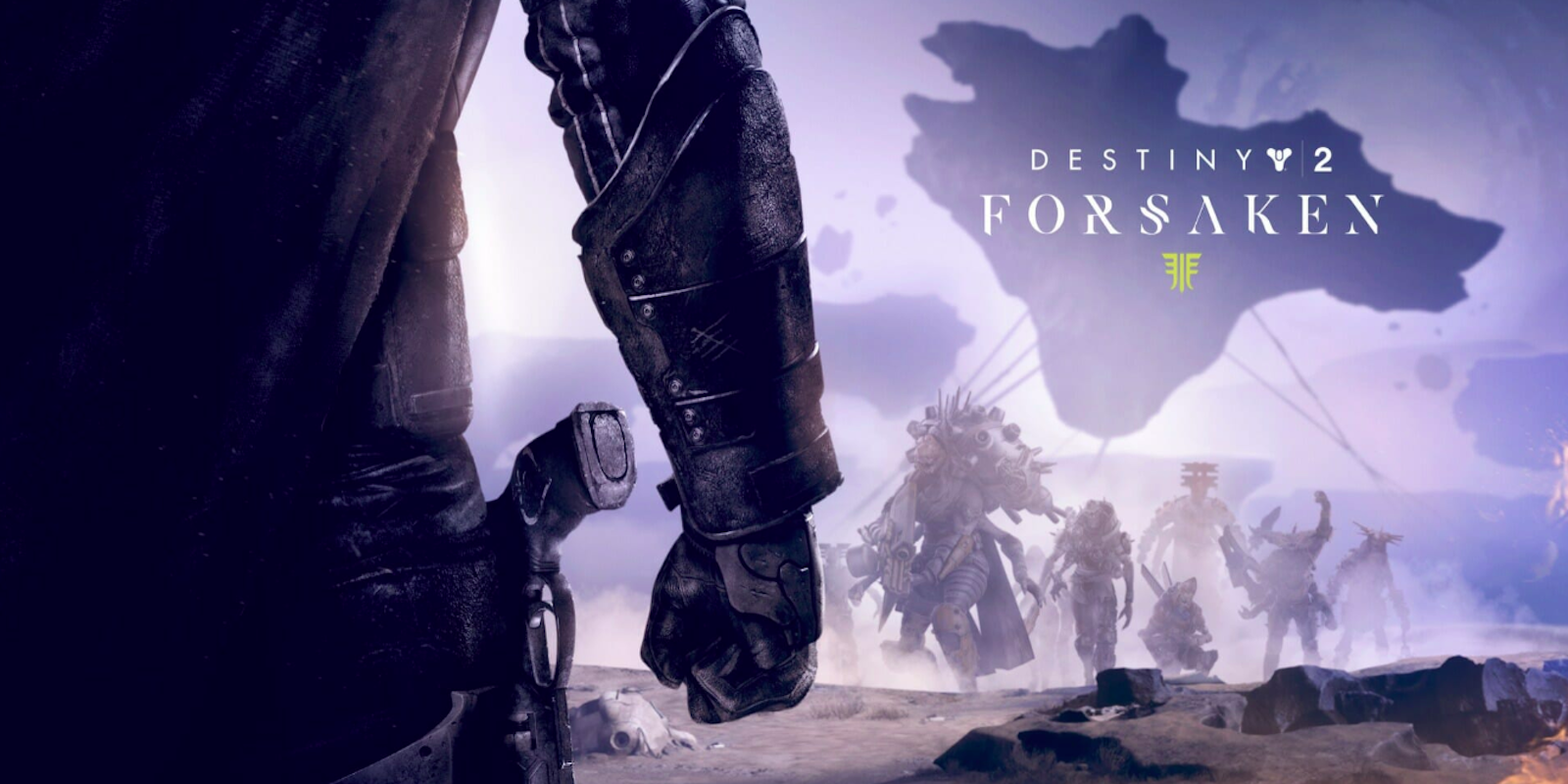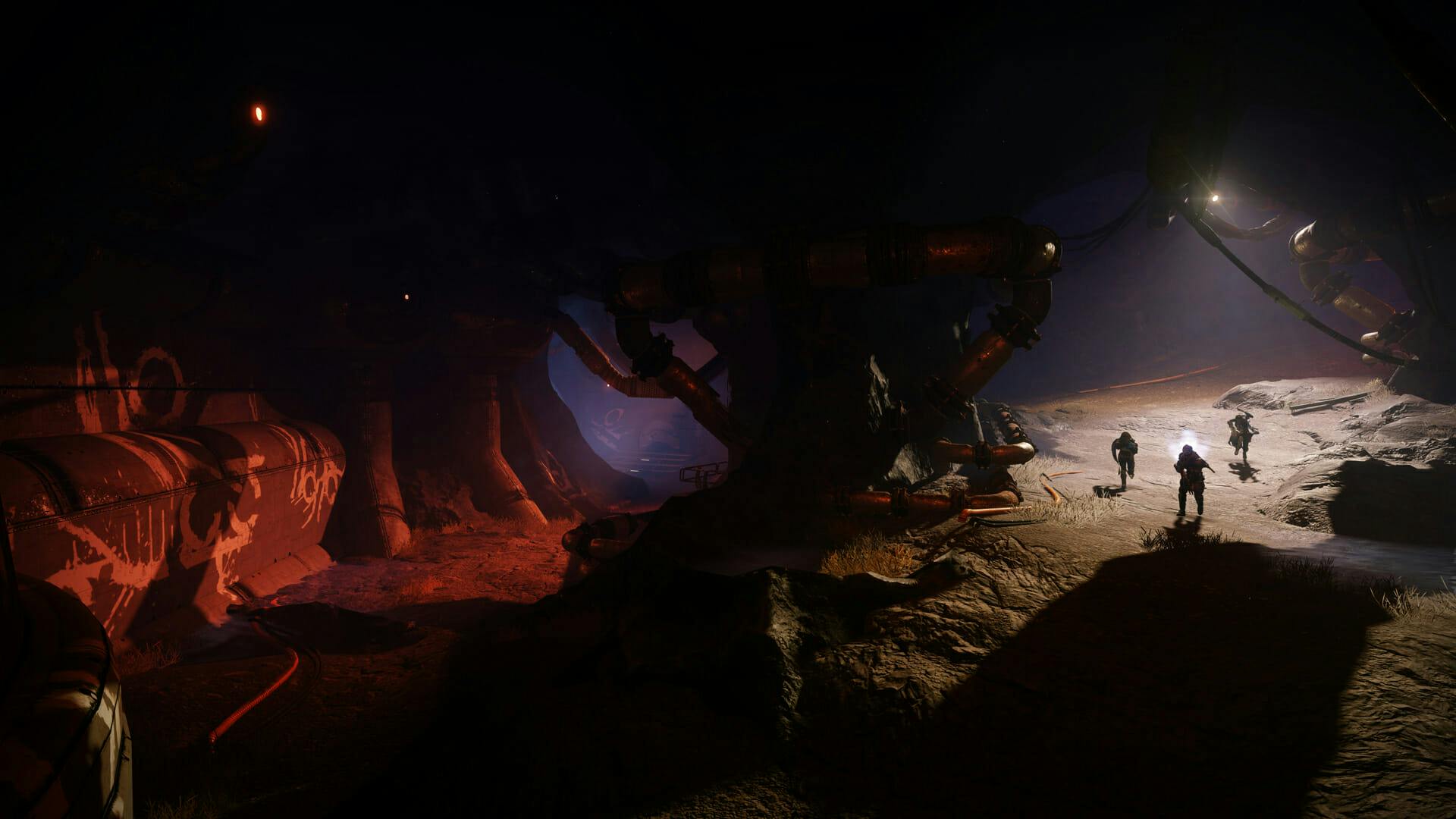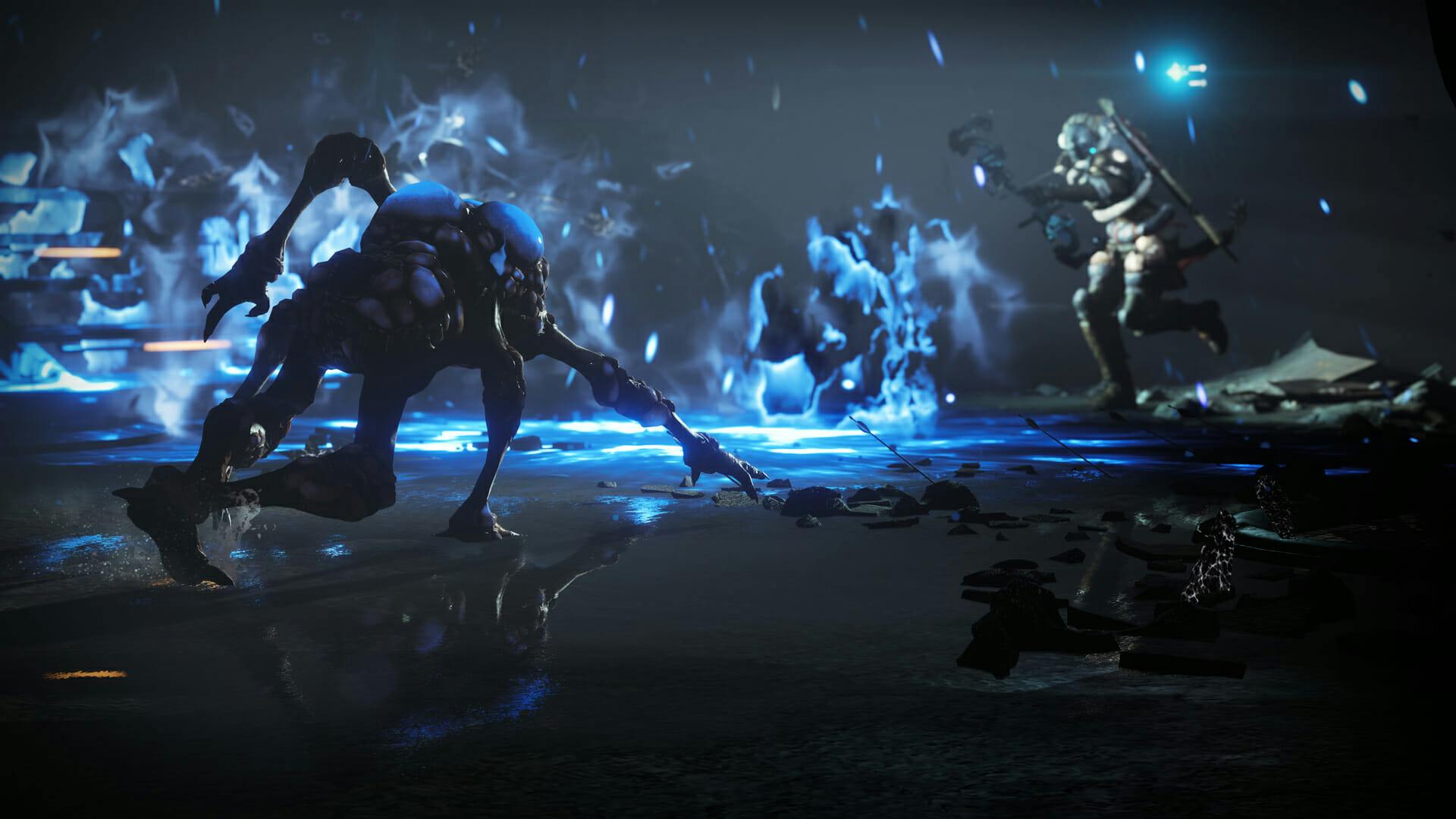Barreling through an alien prison in Destiny 2: Forsaken, I feel a familiar sensation. As my Guardian blasts through an oncoming throng of screeching creatures, old reactions begin to resurface. This had nothing to do with the dozens of hours I’ve poured into Destiny 2 and its expansions; it reminded me of some of the very best console FPS games I’ve ever played.
Halo’s legacy has always cast a long shadow over Destiny. Promising the biggest sci-fi series of the generation, Bungie delivered Destiny as a blend of MMO and RPG systems layered on top of some truly impressive combat. Since 2014, the game has evolved, changed, and walked back some ambitious goals. But Forsaken, the sequel’s most significant add-on, is a thorough batch of Bungie’s most original ideas in some time.
It’s no spoiler that Forsaken begins with the murder of Cayde-6. The jovial, loud-mouthed robot was essentially the leading man for Destiny 2’s initial marketing. Making the loss of a fan-favorite character the kickoff for the games’ biggest expansion is a risky move, but one that pays off thanks to the boldly varied structure of story missions.
That first prison raid goes horribly wrong, culminating with a vengeful Prince Uldren putting a bullet in Cayde’s robotic skull. From there, your Guardian departs on a spaghetti-western-inspired trek to the far end of the galaxy, tracking Uldren and his underlings. Forsaken’s revenge plot is the easiest Destiny story both to follow and feel invested in, while the motivations remain the same: to get rare guns, armor, and ornaments for your character.
Destiny’s most cinematic scenes to date make the Halo comparisons well-earned, as does the tremendously consistent orchestral score. But Forsaken adds a series of high-stakes fights to upend the conventions of console shooters. Before taking on Uldren, players will need to track down and kill his barons. This collection of depraved enemies varies in size and twisted perversions, each feeling like a distinct and worthy adversary.
It’s rare for an FPS like Destiny to provide memorable, engaging enemy encounters. Where the point of this game’s excellent combat is mowing down waves of enemies at a time, Forsaken’s strength is its many challenging, exciting boss battles.
In shifting the campaign’s emphasis away from straightforward story missions, these free-roaming adventures capitalize on Destiny’s best gameplay mechanics. You’re able to swap weapons on the fly, earning new powers along the way. Raising the level cap to 50 makes progression feel more rewarding than previous add-ons, as your Guardian goes through some significant and frequent changes. With the campaign being more open-ended as well, I felt more free to play with side activities as I made my way through. Luckily, those new modes are great too.
Gambit is the big multiplayer addition in Forsaken. Two teams of four players work at the same time to take out enemies, racing toward the same goal. Killing foes grants tokens that can be used to dispatch tougher enemies against the other team. Guardians can also hop through a portal and terrorize the opposition themselves. It’s a far cry from Crucible’s tense PVP, and an original concept that’s fueled by Destiny’s excellent shooting.
Another big emphasis of the expansion comes in the form of trackable bounties. This feature was present in the original game but has never felt more fleshed-out than it does now. Your Guardian receives objectives from various characters that are tracked across multiplayer and the campaign. In rewarding players for participating in Destiny 2’s immense amount of content, it makes the smallest victory feel like a big deal.
At the end of the day, Forsaken doesn’t fundamentally change Destiny. It adds the best story and mission structure in the franchise and makes core social features more compelling to engage with. Only time will tell how deep the enthusiasm for Forsaken will run, but after a week with the expansion, it’s hard not to be impressed with how Bungie has managed to push Destiny 2 forward.




